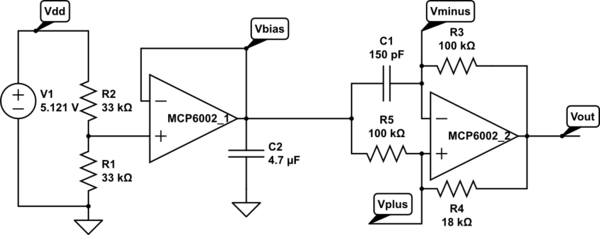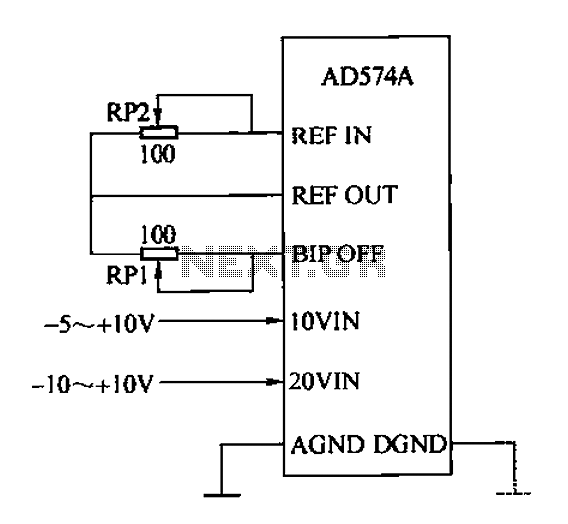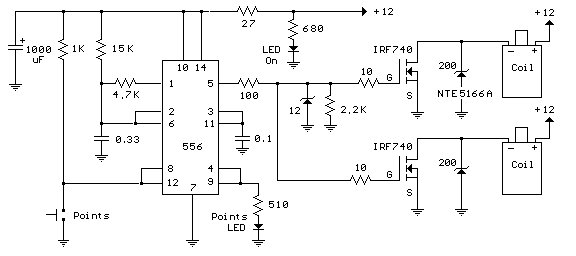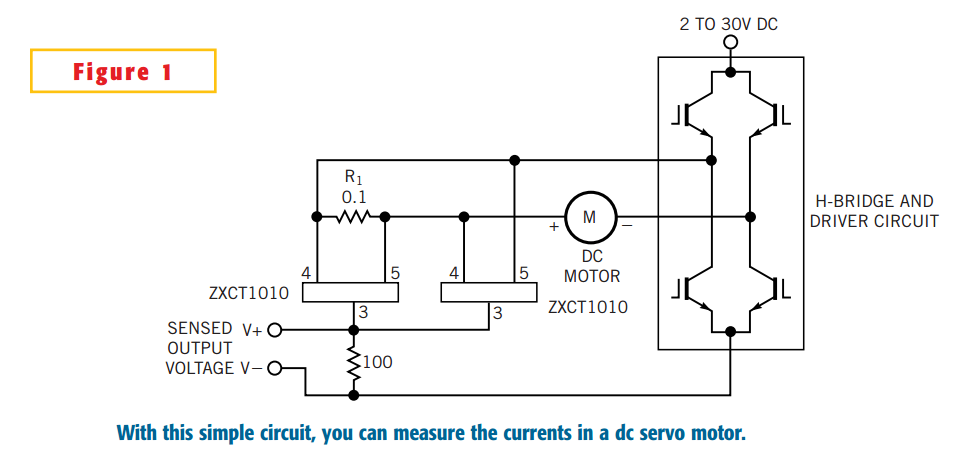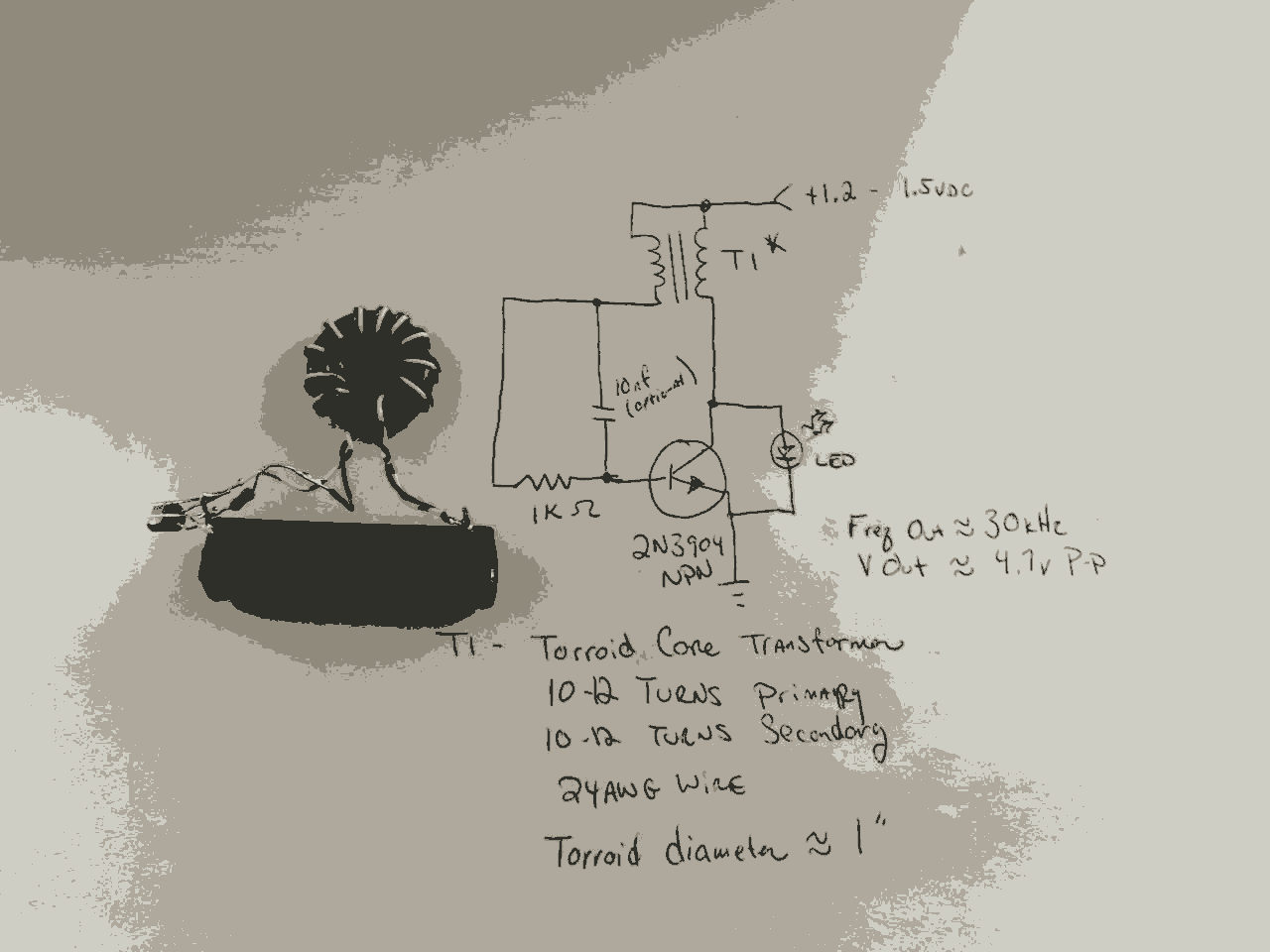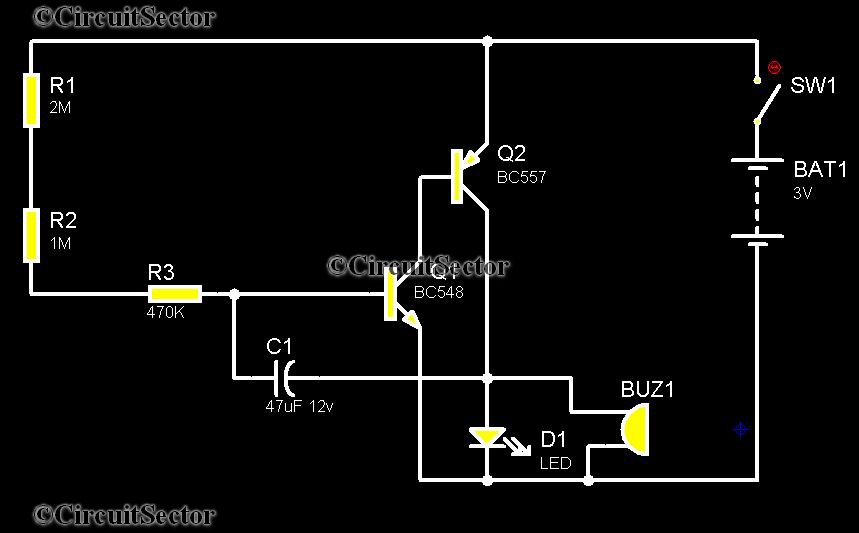
The Strange Case of the Rosemary Ainslie Circuit By Steve Windisch
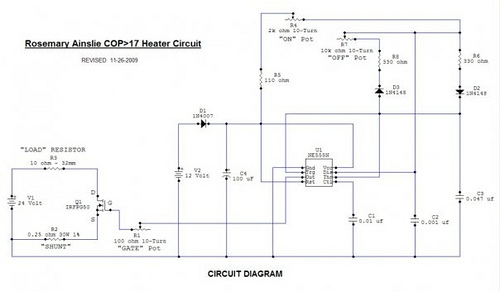
Recently, the Overunity and Energetics online forums, which serve as significant platforms for members of the Open Source and Free Energy communities, have been discussing a remarkable phenomenon known as the Rosemary Ainslie Circuit. This circuit is named after a South African woman who first observed its predicted effects while testing a design aimed at verifying her unique Unifying Theory of Physics. Rosemary developed an innovative model for electromagnetism, which she believed could be empirically validated through a circuit that demonstrated energy efficiencies contradicting conventional theories. The anomalous energy readings recorded from this circuit challenge traditional explanations, showing excess energy output. However, it is crucial to clarify that this does not equate to energy creation; instead, it pertains to energy sourced from an unknown origin within an open system, much like a sailboat harnesses the invisible wind. Thus, these claims cannot be dismissed as mere perpetual motion nonsense, which implies energy generated from nothing. A search for "Zero Point Energy" at the Los Alamos National Labs Physics Archives reveals numerous abstracts and peer-reviewed papers discussing the reality of energy from unseen sources that do not conform to the Laws of Thermodynamics. Despite the general public's lack of awareness, these concepts are no longer considered fringe science. The effect observed in the Ainslie Circuit has been scientifically verified using widely accepted measurement techniques, akin to those employed in university experiments and critical funding decisions in the private sector. Positive, well-documented results, gathered through the accepted scientific method, are being reported in articles and a new scientific paper authored by Rosemary Ainslie and the Open Source project team, which is currently under consideration for publication by the IEEE (submitted December 2009). These results stem from the collaborative efforts of the Open Source Energy community, comprising individuals from around the globe working independently to advance scientific knowledge. This community operates without allegiances, funding, leadership, government grant pressures, or rigid dogmas, representing a unique phenomenon in scientific history. For the first time, individuals worldwide can collaborate effectively on often controversial subjects, challenging the mainstream scientific community as an independent source of research and discovery in alternative energy, a field with significant political and economic implications and the potential for positive social change. Over six years ago, the Rosemary Ainslie Circuit was reported by multiple witnesses and independently verified to have a Coefficient of Performance greater than 17 (COP > 17), indicating exceptional electrical energy efficiency in heating a resistive element. This means that when properly constructed and tuned, the circuit could demonstrate over 17 times the heating efficiency expected from a conventional device, such as an electric space heater. For example, if a standard household heater is rated at 1,700 Watts, a Rosemary Ainslie Circuit could produce the same heat output using only 100 Watts of power. This has significant implications for providing cheaper and more ecologically sound heating solutions globally, as well as for advancing the understanding of electrical energy. Such highly efficient devices may eventually compel a reevaluation of conventional physics, challenging existing scientific dogma regarding mainstream electromagnetic theory. The initial results from experiments on the Ainslie Circuit, which sparked renewed interest in 2009, were first published over six years ago by Rosemary in South Africa in Quantum Magazine. The circuit was also tested by several independent commercial laboratories, with a total of five companies involved in the verification process, all of which confirmed the claims (see the end of this document for schematic and links). Subsequently, Rosemary Ainslie and a member of her former team authored a scientific paper on the phenomenon and submitted it to the IEEE for publication. This paper was rejected, primarily due to a technical issue regarding the 555 integrated circuit's role. The 555 oscillator chip and its associated circuitry operated on a separate, isolated battery; however, later experiments using a single voltage source demonstrated that the energy consumption of the 555 circuit did not significantly impact the overall efficiency figures. The refusal of South African academics and mainstream media to investigate or report on these effects temporarily halted earlier efforts. This year, however, several individuals in the Open Source Energy Community resumed the challenge of studying and replicating the circuit. The complex task of replication has been successfully achieved by several individuals, with more reporting positive results weekly. The documented results are significant enough to warrant further research. Over the past six months, many members of the Open Source Energy community have been studying and replicating this circuit, with at least three individuals successfully duplicating the specific effects responsible for the remarkable heating efficiency, along with others exploring related circuits based on the same principles. It is essential to recognize that further study is necessary, as this research is still in the early experimental prototype stages.Recently the Overunity and Energetics online forums (the largest virtual meeting places and home for many in the Open Source / Free Energy communities), and several other similar Internet sites have been featuring and discussing an amazing phenomena popularly known as: The Rosemary Ainslie Circuit. The name comes from the South African woman who first noted the predicted effects while testing a circuit designed to verify her unique Unifying Theory of Physics. Rosemary had written a new and interesting model for electro-magnetism that she was convinced could be proved empirically by building a circuit that manifested energy efficiencies which defied conventional theory And that is essentially what has happened: The anomalous energy readings that have been recorded with this circuit defy conventional explanation.
The original circuit and recent replications show excess energy output: But it is important to note, that this is not what is termed energy creation ; but energy coming from a previously unknown source in an open system , not a closed one Much as a sailboat is powered by the invisible wind. Thus these claims cannot be shrugged-off with the old epithet of perpetual motion nonsense ; which implies energy created from nothing .
One can do a Search online at the Los Alamos National Labs Physics Archives for the phrase Zero Point Energy, and see literally hundreds of entries for Abstracts and Peer-Reviewed Scientific Papers that discuss the reality of energy coming from unseen sources that do not adhere at all to the Laws of Thermodynamics (first written in the 1860`s). It is important to note that despite the lack of general public awareness regarding the above; these concepts are no longer Fringe Science .
The discovered effect seen in the Ainslie Circuit cannot be easily explained through conventional theory; yet it has been verified in a scientific manner using widely accepted measurement techniques The same as are used daily all over the world to record the experiments backing Scientific Papers and Abstracts at our major Universities; or as critical factors in making multi-million dollar project funding decisions in the private sector. And these positive and well-documented results, collected using accepted Scientific Method, are now being widely reported on via articles and by the submission of a new Scientific Paper authored by Rosemary Ainslie and the Open Source project team, that is currently being considered for publication by the I.
E. E. E (submitted December 2009). All the recent results stem from the work of the many skilled and dedicated people of the Open Source Energy community: Folks working and collaborating in their homes all over the world to further scientific knowledge. The Open Source community is an independent entity with no allengences, no funding, no leaders, no government Grant requirements or pressures, and no set dogmas.
It is a unique phenomena in the history of Science; as at no time before this present electronic age could people all over the world collaborate so closely and successfully to study these often controversial subjects To a point where their efforts are now challenging the mainstream scientific community as a new and independent source for research and discovery in the genre of alternative energy A subject that has vast political and economic ramifications, and that presents significant possibilities for world-wide positive social change. Over six years ago, the Rosemary Ainlsie Circuit was originally reported by several witnesses and was independently Verified to have shown a Coefficient Of Performance greater than 17 ³ (known as COP>17 ³); specifically electrical energy efficiency in the heating of a resistive element.
Meaning in this case; the circuit when properly built and tuned could show over 17 times the heating efficiency that could be expected compared to a conventional device such as an electric space heater or baseboard heater . So if a conventional household heater was rated at 1, 700 Watts , a Rosemary Ainslie Circuit or similar concept-based device could produce the same amount of heat for only 100 Watts of actual expended power Something of great significance not only for vastly cheaper and more ecologically sound Home Heating for folks all over the planet .
But for ushering in new understandings of electrical energy in general: Such Nearly Free Energy devices of great efficiency will eventually force the changing of conventional Physics theory to account for them; disproving current scientific dogma regarding mainstream electromagnetic theory . These initial amazing results regarding the experiments on the Ainslie Circuit, which prompted the renewed interest in 2009, were first posted over 6 years ago by Rosemary in her home country of South Africa; and published in an article of Quantum Magazine.
The circuit was also tested by several independent commercial labs at that time (a total of five companies were involved in the Verification process); which fully Verified the claims (see end of this document for schematic and links). Later, Rosemary Ainslie and a member of her former team wrote a Scientific Paper on the phenomena and submitted it to the I.
E. E. E. (the international Institute of Electrical and Electronic Engineers ) for publication. This Paper was rejected; the main reason given appears to have been a technical problem of it not properly taking into account issues related to the 555 ³ integrated circuit within it. The 555 ³ oscillator chip and associated circuitry in question used a separate, isolated battery for power; but please note that later experiments with a single Voltage Source have subsequently shown that the 555 ³ energy use does not significantly effect the total efficiency figures.
The refusal of the South Africa academics and mainstream press to study or further report on these effects ended the earlier endeavors for a time Until this year, when several folks in the Open Source Energy Community took up the challenge of studying and replicating the circuit. The fairly difficult and complex task of Replication has been done successfully by several people now, with more people reporting positive results every week.
The results are dramatic enough, well documented enough, and have such a vast significance; that much greater research is clearly warranted. For the last 6 months, many good folks in the Open Source Energy community have been studying and replicating this circuit .
And at least three so far have had success in duplicating the specific effects that cause the great heating efficiency, and probably others have as well with related circuits that are offshoots on the same basic theme. It is important to understand, that much more work studying this is needed, it is still in the early experimental prototype stages And that there are ).
🔗 External reference
The original circuit and recent replications show excess energy output: But it is important to note, that this is not what is termed energy creation ; but energy coming from a previously unknown source in an open system , not a closed one Much as a sailboat is powered by the invisible wind. Thus these claims cannot be shrugged-off with the old epithet of perpetual motion nonsense ; which implies energy created from nothing .
One can do a Search online at the Los Alamos National Labs Physics Archives for the phrase Zero Point Energy, and see literally hundreds of entries for Abstracts and Peer-Reviewed Scientific Papers that discuss the reality of energy coming from unseen sources that do not adhere at all to the Laws of Thermodynamics (first written in the 1860`s). It is important to note that despite the lack of general public awareness regarding the above; these concepts are no longer Fringe Science .
The discovered effect seen in the Ainslie Circuit cannot be easily explained through conventional theory; yet it has been verified in a scientific manner using widely accepted measurement techniques The same as are used daily all over the world to record the experiments backing Scientific Papers and Abstracts at our major Universities; or as critical factors in making multi-million dollar project funding decisions in the private sector. And these positive and well-documented results, collected using accepted Scientific Method, are now being widely reported on via articles and by the submission of a new Scientific Paper authored by Rosemary Ainslie and the Open Source project team, that is currently being considered for publication by the I.
E. E. E (submitted December 2009). All the recent results stem from the work of the many skilled and dedicated people of the Open Source Energy community: Folks working and collaborating in their homes all over the world to further scientific knowledge. The Open Source community is an independent entity with no allengences, no funding, no leaders, no government Grant requirements or pressures, and no set dogmas.
It is a unique phenomena in the history of Science; as at no time before this present electronic age could people all over the world collaborate so closely and successfully to study these often controversial subjects To a point where their efforts are now challenging the mainstream scientific community as a new and independent source for research and discovery in the genre of alternative energy A subject that has vast political and economic ramifications, and that presents significant possibilities for world-wide positive social change. Over six years ago, the Rosemary Ainlsie Circuit was originally reported by several witnesses and was independently Verified to have shown a Coefficient Of Performance greater than 17 ³ (known as COP>17 ³); specifically electrical energy efficiency in the heating of a resistive element.
Meaning in this case; the circuit when properly built and tuned could show over 17 times the heating efficiency that could be expected compared to a conventional device such as an electric space heater or baseboard heater . So if a conventional household heater was rated at 1, 700 Watts , a Rosemary Ainslie Circuit or similar concept-based device could produce the same amount of heat for only 100 Watts of actual expended power Something of great significance not only for vastly cheaper and more ecologically sound Home Heating for folks all over the planet .
But for ushering in new understandings of electrical energy in general: Such Nearly Free Energy devices of great efficiency will eventually force the changing of conventional Physics theory to account for them; disproving current scientific dogma regarding mainstream electromagnetic theory . These initial amazing results regarding the experiments on the Ainslie Circuit, which prompted the renewed interest in 2009, were first posted over 6 years ago by Rosemary in her home country of South Africa; and published in an article of Quantum Magazine.
The circuit was also tested by several independent commercial labs at that time (a total of five companies were involved in the Verification process); which fully Verified the claims (see end of this document for schematic and links). Later, Rosemary Ainslie and a member of her former team wrote a Scientific Paper on the phenomena and submitted it to the I.
E. E. E. (the international Institute of Electrical and Electronic Engineers ) for publication. This Paper was rejected; the main reason given appears to have been a technical problem of it not properly taking into account issues related to the 555 ³ integrated circuit within it. The 555 ³ oscillator chip and associated circuitry in question used a separate, isolated battery for power; but please note that later experiments with a single Voltage Source have subsequently shown that the 555 ³ energy use does not significantly effect the total efficiency figures.
The refusal of the South Africa academics and mainstream press to study or further report on these effects ended the earlier endeavors for a time Until this year, when several folks in the Open Source Energy Community took up the challenge of studying and replicating the circuit. The fairly difficult and complex task of Replication has been done successfully by several people now, with more people reporting positive results every week.
The results are dramatic enough, well documented enough, and have such a vast significance; that much greater research is clearly warranted. For the last 6 months, many good folks in the Open Source Energy community have been studying and replicating this circuit .
And at least three so far have had success in duplicating the specific effects that cause the great heating efficiency, and probably others have as well with related circuits that are offshoots on the same basic theme. It is important to understand, that much more work studying this is needed, it is still in the early experimental prototype stages And that there are ).
🔗 External reference
Warning: include(partials/cookie-banner.php): Failed to open stream: Permission denied in /var/www/html/nextgr/view-circuit.php on line 713
Warning: include(): Failed opening 'partials/cookie-banner.php' for inclusion (include_path='.:/usr/share/php') in /var/www/html/nextgr/view-circuit.php on line 713
